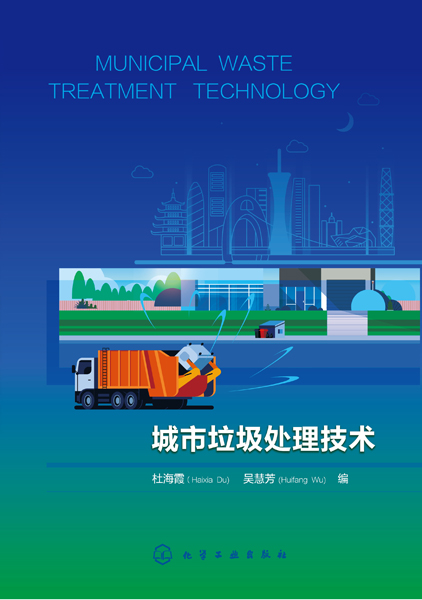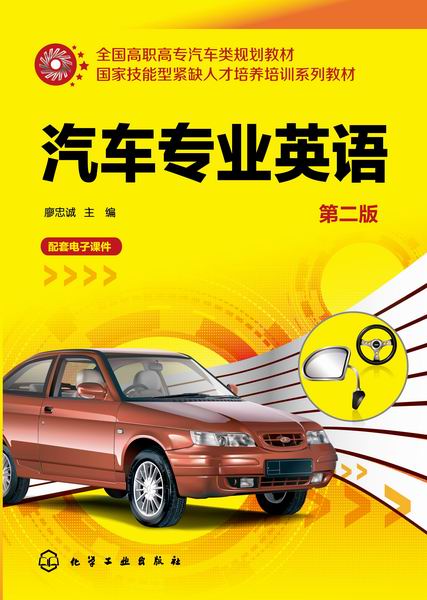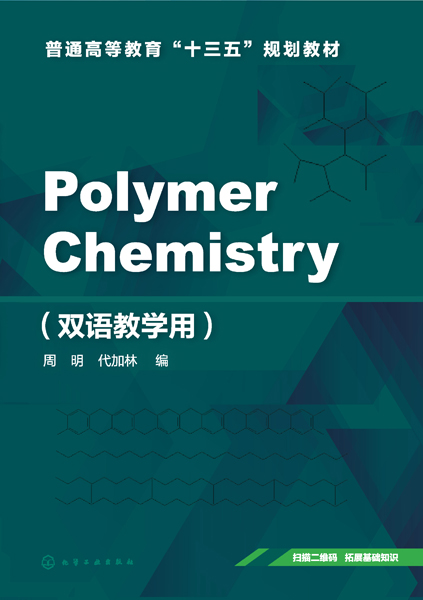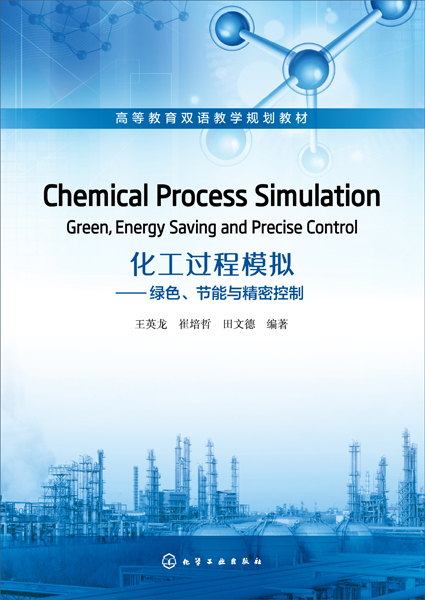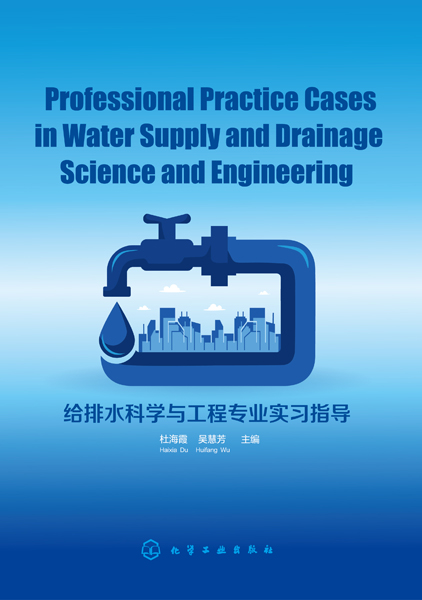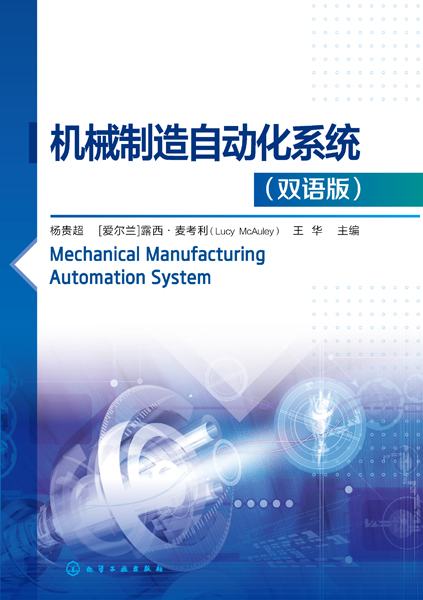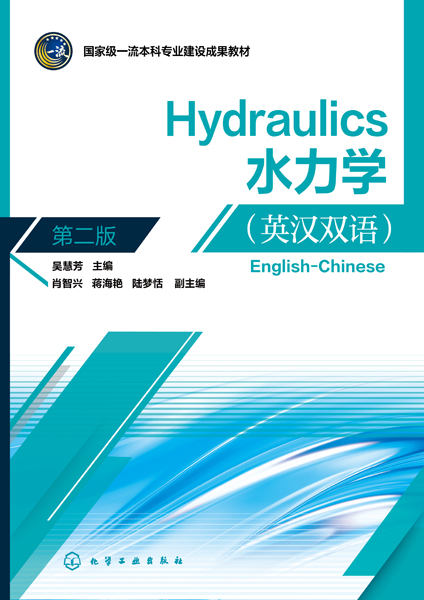城市垃圾处理技术(MUNICIPAL WASTE TREATMENT TECHNOLOGY)
定价:¥49.80
作者: 杜海霞,吴慧芳
出版时间:2020-09
出版社:化学工业出版社
- 化学工业出版社
- 9787122370068
- 1版
- 300509
- 16开
- 2020-09
- 166
- 153
- ①X799.305
- 本科
- 本科
作者简介
内容简介
The textbook is designed for the management, treatment and disposal of municipal waste. The content contains types and characteristics of waste; waste storage, segregation and collection; status of municipal waste treatment and resource recovery; analysis and determina-tion of municipal solid waste; landfill treatment for municipal solid waste; thermal treatment for municipal solid waste; anaerobic digestion for municipal solid waste; composting for municipal solid waste; and life cycle assessment(LCA) for municipal solid waste management.
This textbook focuses on the introduction of classification, management and main treatment technologies of municipal waste. It involves the advanced concept of classification and manage-ment of municipal waste and expounds the principle and application of major treatment and resource-recycling technologies such as incineration, anaerobic digestion and composting. The textbook provides professional knowledge of municipal waste treatment and resource recycling for the design and technology application of urban environmental management and comprehensive environmental treatment project.
This textbook focuses on the introduction of classification, management and main treatment technologies of municipal waste. It involves the advanced concept of classification and manage-ment of municipal waste and expounds the principle and application of major treatment and resource-recycling technologies such as incineration, anaerobic digestion and composting. The textbook provides professional knowledge of municipal waste treatment and resource recycling for the design and technology application of urban environmental management and comprehensive environmental treatment project.
目录
Chapter 1 Introduction1
1.1 Types and characteristics of wastes3
1.2 Waste prevention9
Chapter 2 Waste storage,segregation and collection16
2.1 Source segregation17
2.2 Waste storage18
2.3 Waste collection19
2.4 Waste separation22
Chapter 3 Status of municipal waste treatment and resource recovery 24
3.1 Status of municipal waste treatment24
3.2 Resource recovery26
Chapter 4 Analysis and determination of municipal solid waste 29
4.1 Physical properties of municipal solid waste30
4.2 Chemical properties of municipal solid waste33
4.3 Biological properties of municipal solid waste40
Chapter 5 Landfill treatment for municipal solid waste 45
5.1 What is landfill?45
5.2 Types of landfills46
5.3 Operations of landfills47
5.4 Advantages of landfills48
5.5 Social and environmental impact of landfills48
5.6 Landfill gas49
5.7 Landfill leachate production,collection and management53
Chapter 6 Thermal treatment for municipal solid waste 58
6.1 Incineration61
6.2 Pyrolysis76
6.3 Gasification83
Chapter 7 Anaerobic digestion for municipal solid waste 95
7.1 Description96
7.2 Process98
Chapter 8 Composting for municipal solid waste 118
8.1 Terminology119
8.2 Fundamentals120
8.3 Materials that can be composted123
8.4 Uses125
8.5 Composting technologies126
8.6 Regulations129
8.7 Examples130
8.8 History131
Chapter 9 Life cycle assessment(LCA)for municipal solid waste management133
9.1 Introduction—What is LCA and how is it useful?134
9.2 Goals and purpose of LCA135
9.3 Four main phases136
9.4 LCA uses140
9.5 Data analysis141
9.6 Variants143
9.7 Exergy based LCA146
9.8 Life cycle energy analysis146
9.9 Critiques149
9.10 Supporting waste management decisionsExamples151
References152
1.1 Types and characteristics of wastes3
1.2 Waste prevention9
Chapter 2 Waste storage,segregation and collection16
2.1 Source segregation17
2.2 Waste storage18
2.3 Waste collection19
2.4 Waste separation22
Chapter 3 Status of municipal waste treatment and resource recovery 24
3.1 Status of municipal waste treatment24
3.2 Resource recovery26
Chapter 4 Analysis and determination of municipal solid waste 29
4.1 Physical properties of municipal solid waste30
4.2 Chemical properties of municipal solid waste33
4.3 Biological properties of municipal solid waste40
Chapter 5 Landfill treatment for municipal solid waste 45
5.1 What is landfill?45
5.2 Types of landfills46
5.3 Operations of landfills47
5.4 Advantages of landfills48
5.5 Social and environmental impact of landfills48
5.6 Landfill gas49
5.7 Landfill leachate production,collection and management53
Chapter 6 Thermal treatment for municipal solid waste 58
6.1 Incineration61
6.2 Pyrolysis76
6.3 Gasification83
Chapter 7 Anaerobic digestion for municipal solid waste 95
7.1 Description96
7.2 Process98
Chapter 8 Composting for municipal solid waste 118
8.1 Terminology119
8.2 Fundamentals120
8.3 Materials that can be composted123
8.4 Uses125
8.5 Composting technologies126
8.6 Regulations129
8.7 Examples130
8.8 History131
Chapter 9 Life cycle assessment(LCA)for municipal solid waste management133
9.1 Introduction—What is LCA and how is it useful?134
9.2 Goals and purpose of LCA135
9.3 Four main phases136
9.4 LCA uses140
9.5 Data analysis141
9.6 Variants143
9.7 Exergy based LCA146
9.8 Life cycle energy analysis146
9.9 Critiques149
9.10 Supporting waste management decisionsExamples151
References152

